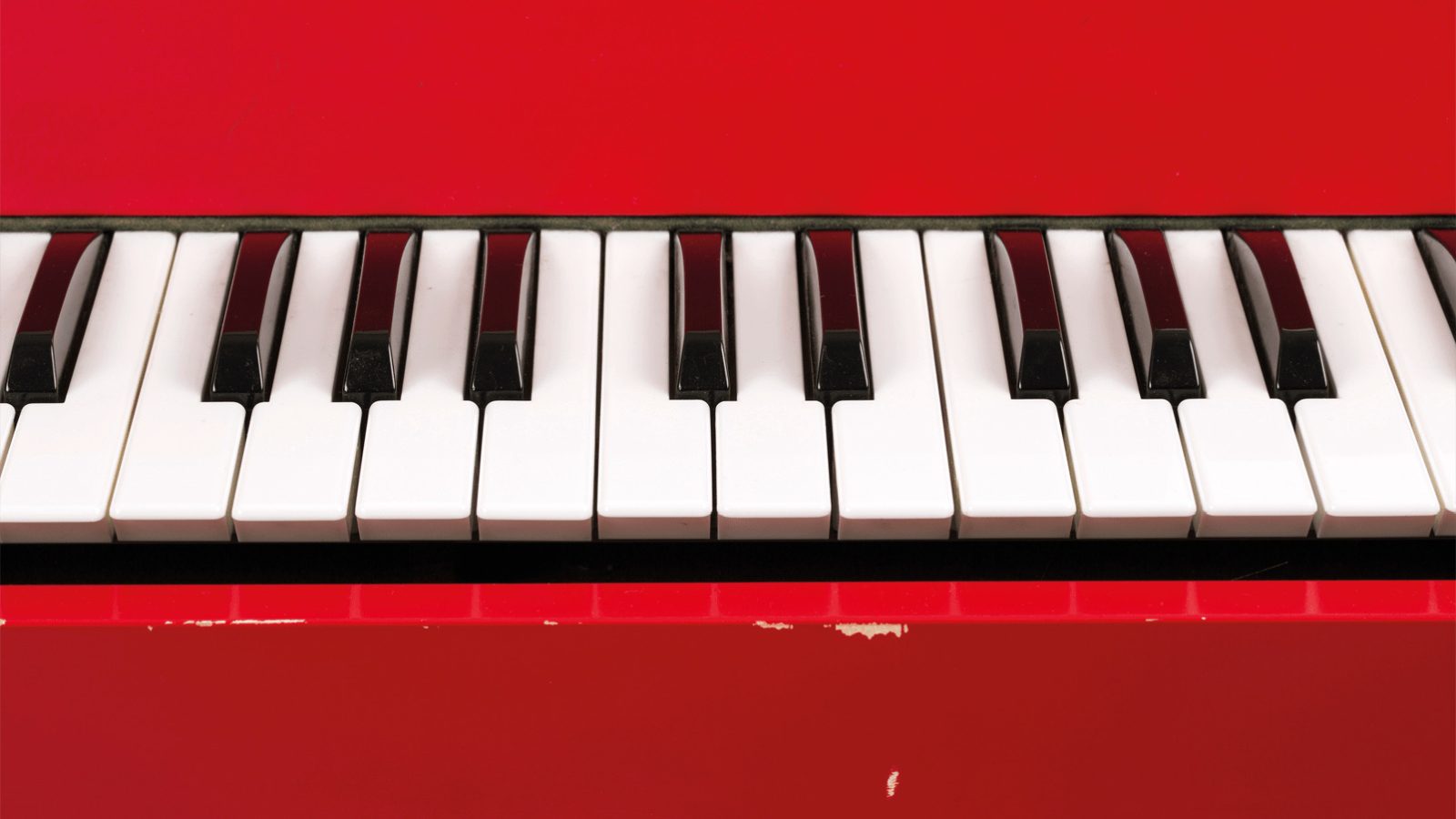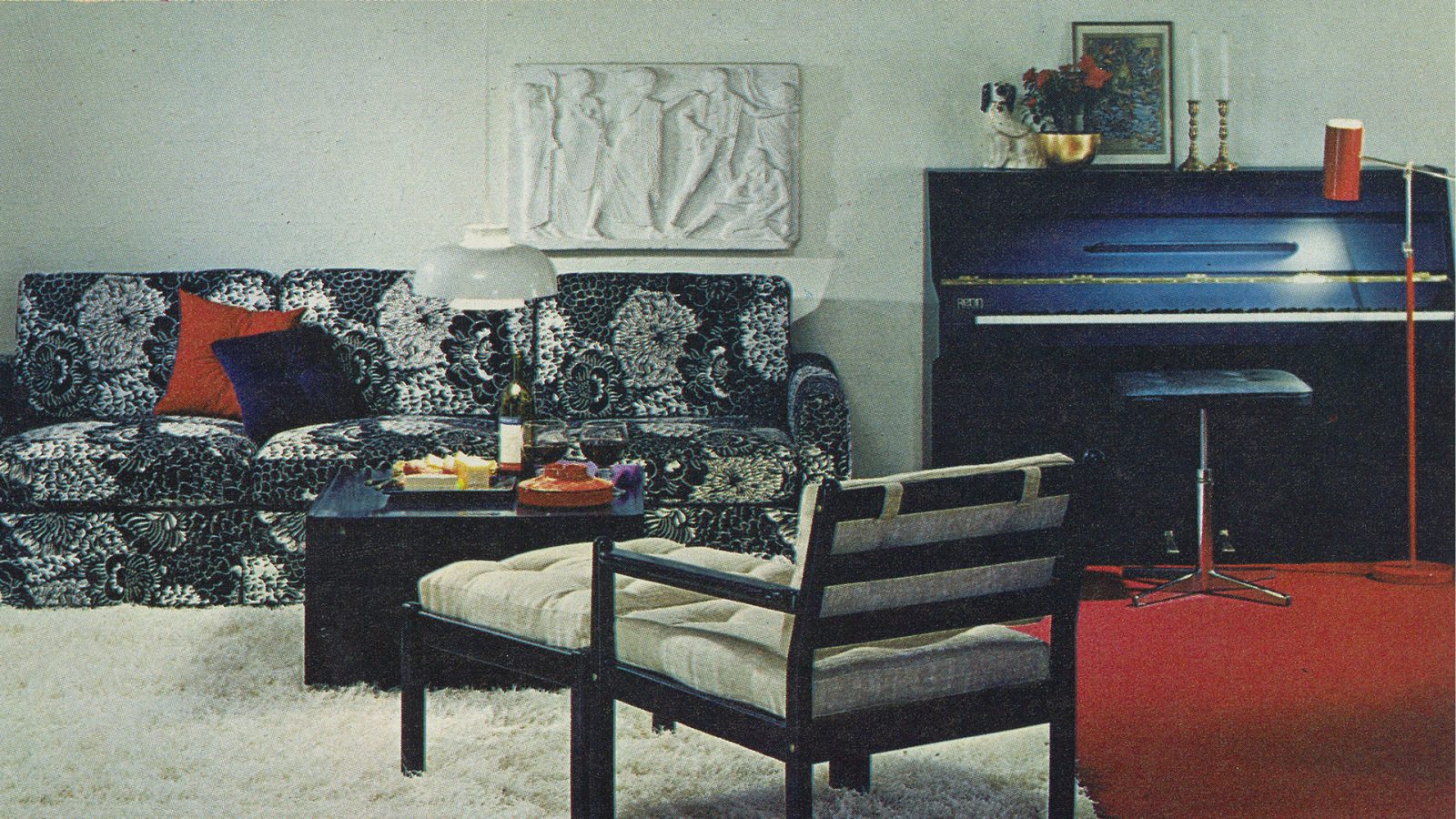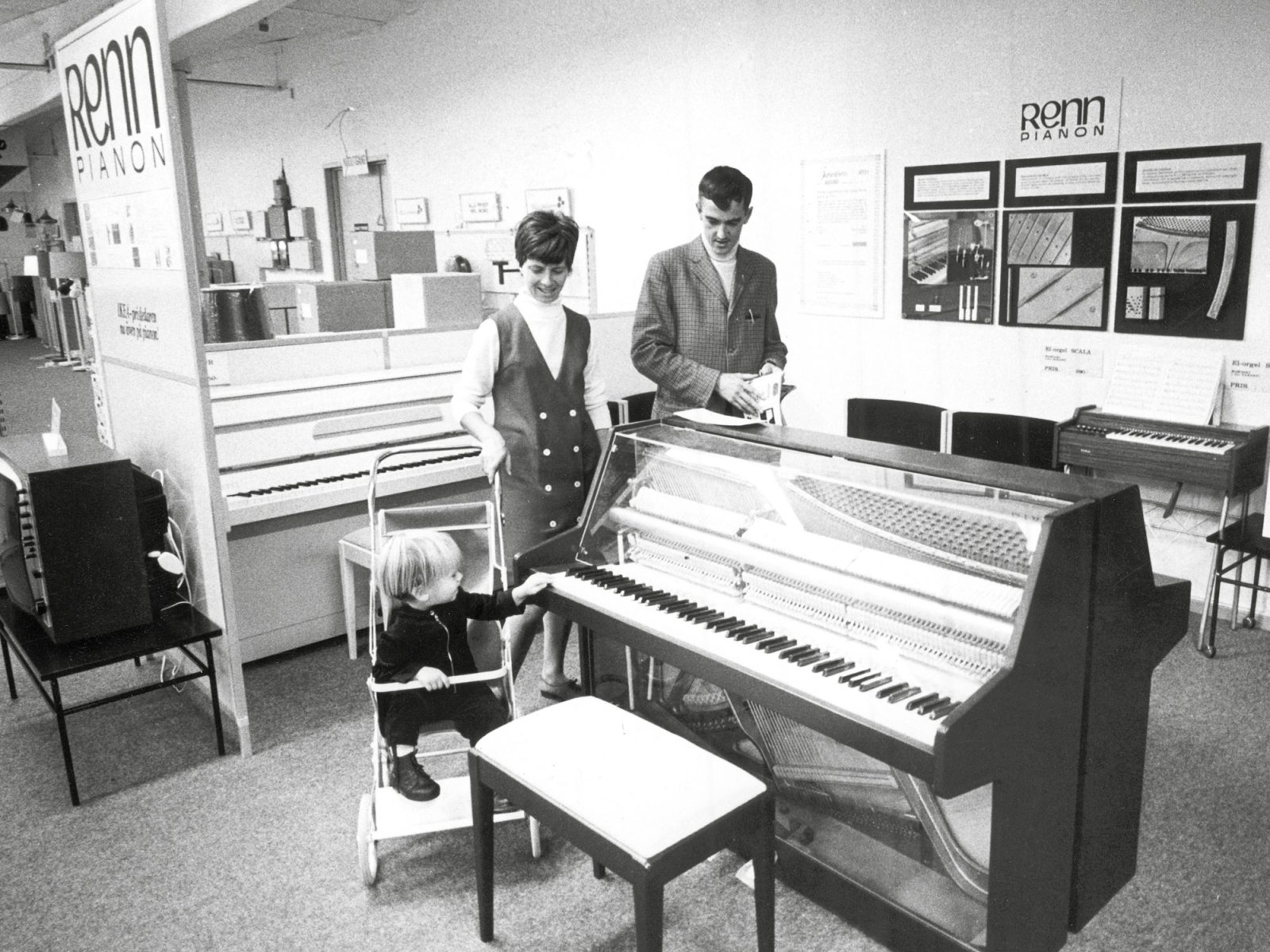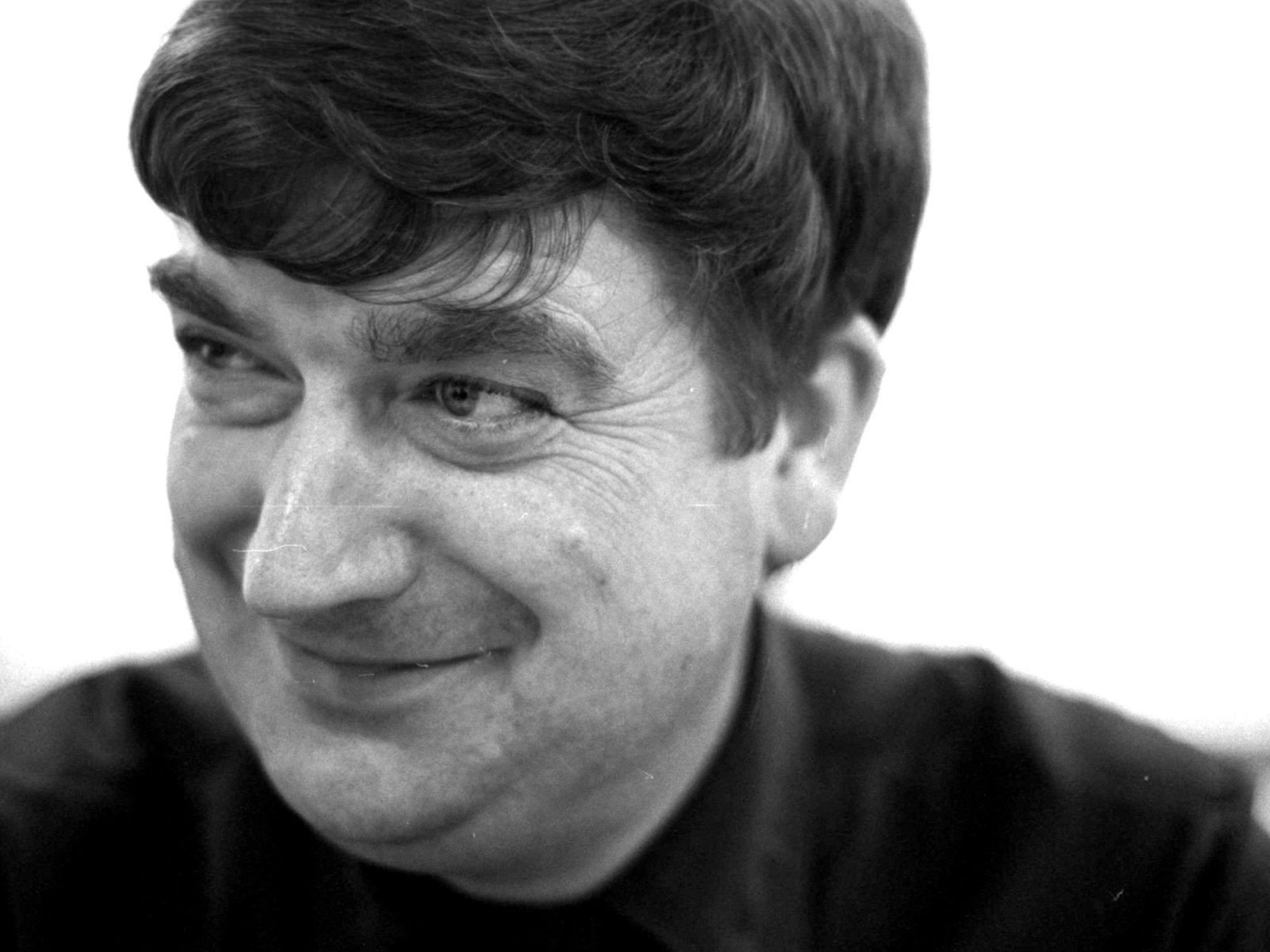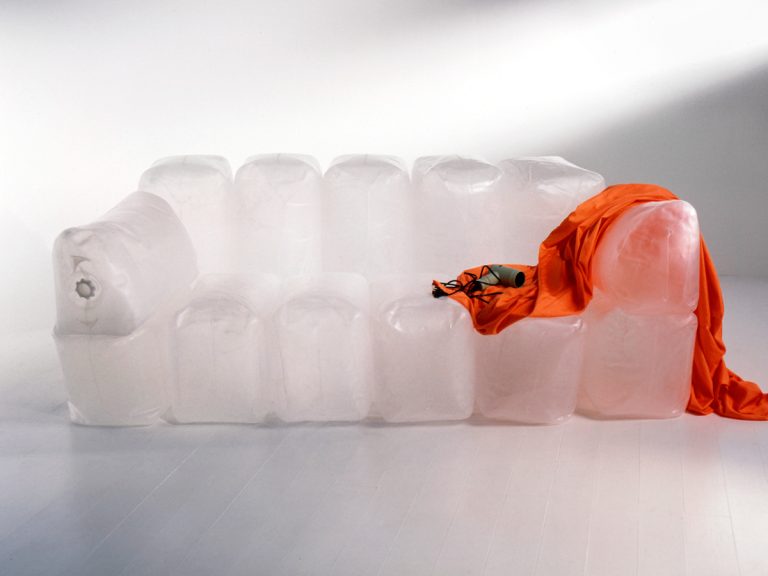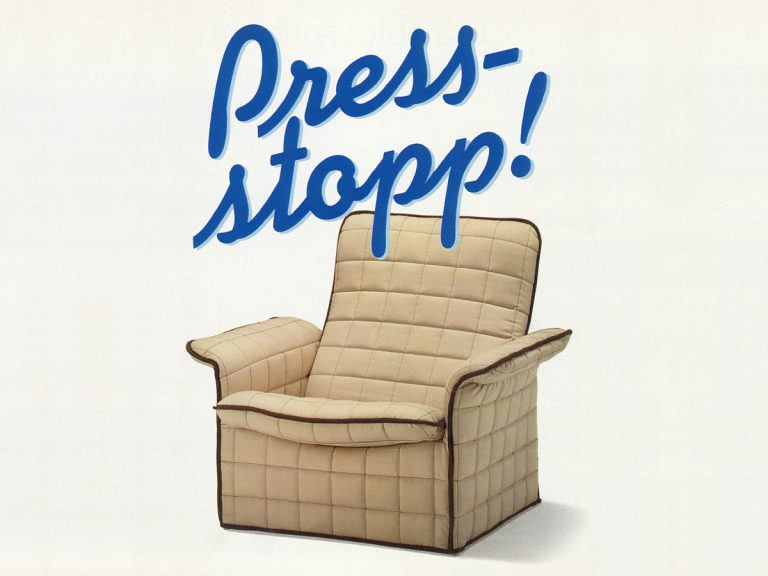Nothing ventured, nothing gained
Lars-Ivar Holmqvist, a buyer at IKEA in those days, describes the piano project as “a real farce” and says it was typical of IKEA to embark on something it had no real experience of. “We never made a penny out of it. But it was fun in a way, because it was typical IKEA to get involved in something so completely different.”
But Eric Andersson would not be held back. He took to heart Ingvar Kamprad’s attitude that mistakes were a good thing as long as you learnt something from them and didn’t repeat them. The pianos were abandoned, and Eric went on to work on completely different projects at IKEA, including the iconic STEN storage shelf and the SYSTEM 210 kitchen. IKEA veteran Jan Ahlsén, who worked with product development for more than 40 years, remembers him well.
“Eric was a wonderful person! An innovative extrovert, but in a balanced way. He was forward-looking and took things that happened on board, so that he could create for future needs. We travelled around Europe a lot for IKEA, in his used Volvo 164 Automat. A lot of product development happened in that car, and in the motels where we had to stay because it kept breaking down! He was good fun as well. IKEA wasn’t that well known in those days, and when people asked what it stood for, he would jokingly reply ‘Ingvar Kamprad Eric Andersson’!”

